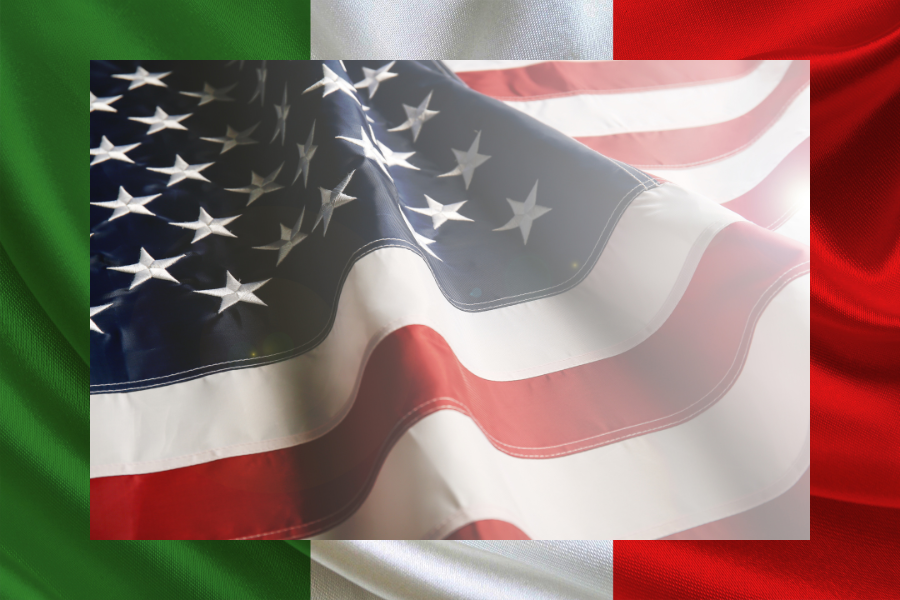Italian-American cuisine is a fascinating testament to the evolution of food through cultural exchange. When Italian immigrants arrived in the United States, they brought their culinary traditions with them. However, they often found themselves in a new land with different ingredients and tastes. This led to the birth of Italian-American food, a distinct style that, while inspired by Italian cooking, has its own unique characteristics.
Growing up in an Italian-American neighborhood, every household took their food very seriously. It was a symphony of shared flavors - a cuisine where "a little bit of everything" was the guiding principle, and the only limit to cheese was how much you can grate before your arm gets tired. In Italy, they might blanch at the sight of a chicken parma the size of a dinner plate, but in America, it's a symbol of comfort, abundance, and the lingering aroma of your Nonna's kitchen.
Honestly, the difference between Italian and Italian-American food is like the difference between a Renaissance painting and a vibrant mural. Italian cuisine is a masterpiece of balance and restraint, where each ingredient sings its own song. A simple pasta dish might feature only a few components, but they're chosen with care and allowed to shine. Italian-American food, on the other hand, is a culinary block party. It's a riot of flavors, textures, and sauces, where the goal is to create a dish so bold and satisfying that it leaves you in a happy, carb-induced coma.
One of the most striking differences is the use of cheese. In Italy, cheese is used sparingly, a delicate accent to enhance the other flavors. In America, we treat cheese like it's going out of style. Mozzarella blankets everything like a warm, melty hug, and Parmesan is grated with the enthusiasm of a lumberjack felling a tree. If a dish doesn't have at least three different kinds of cheese, we consider it a culinary failure.
Portion sizes are another area where Italian-American cuisine diverges from its Italian roots. In Italy, meals are often smaller, more focused on savoring each bite. But in America, we believe in going big or going home. Our pasta dishes could feed a small family, and our desserts are the size of a small car. It's not about gluttony, however — it's about generosity! We want to make sure you leave the table feeling like you've gotten your money's worth, and maybe a little bit like you need a nap.
Despite these differences, both Italian and Italian-American food share a common foundation: a love for good food and a passion for sharing it with family and friends. While these popular cuisines have their own unique charms, Italian food is a celebration of simplicity and quality, while Italian-American food is a testament to the melting pot that is America. Whether you're enjoying a simple plate of pasta with fresh basil in Italy or a hearty serving of lasagna in the United States, both cuisines offer a delicious and satisfying culinary experience.
So, the next time you're craving a plate of spaghetti and meatballs, remember that you're not just eating a meal, you're experiencing a cultural phenomenon. And if anyone gives you grief about it, just tell them Nonna said it's okay.

